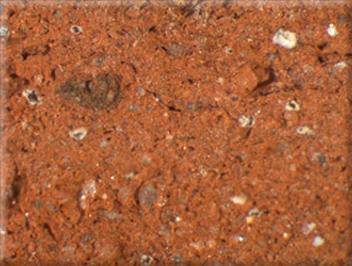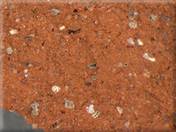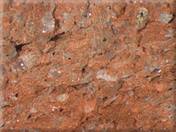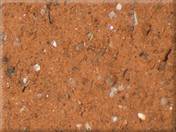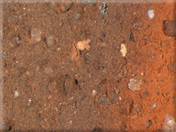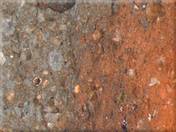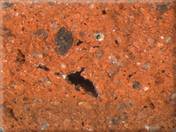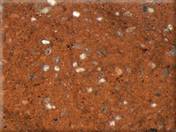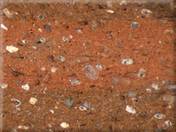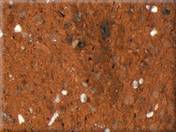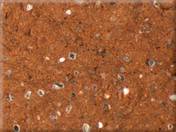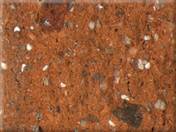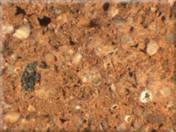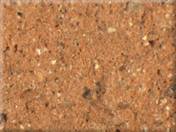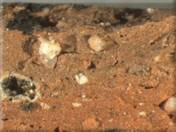| | fabric description | | object data | | archaeometry | | |
| fabric type |
PAE-A-3
|
| ware |
Transport Amphorae |
| supposed site of production |
Paestum |
| certainty of arguments |
archaeometric: quite certain |
| visual excamination of fresh break |
light red, granular; numerous fine to large white particles, some medium-sized brown and dark gray inclusions |
| colour of freshly broken section (munsell) |
10R6/6 |
| texture of freshly broken surface |
granular |
| hardness |
hard |
| porosity |
2.5%; void form: vughy; void length: 0,08-0.24 |
| inclusions |
3.5%, length: 0.16-4.6 |
| sorting |
poorly sorted silt |
| |
Inclusions
|
|
quartz |
infrequent, angular, spherical, clear; white, 0.16-0.16 |
|
mica |
singular |
|
reddish inclusions |
infrequent, rounded, spherical, red, 0.08-4.6 |
|
black inclusions |
infrequent, rounded, subelongate, black |
|
foraminifera |
singular, snail, white, 2.8 |
| | fabric description | | object data | | archaeometry | | |
| vessel form type |
Amphora
Western Greek amphora, Gassner's rim 3 |
| fragmentation |
rim |
| surface description |
slipped
pink, 5YR8/3 |
| chronology of object |
Greek-Classic |
| |
Context Data
|
| site of discovery |
Velia
Insula II, room 10, ditch for the foundation |
| registration code of context |
349/42 |
| registration code of object |
349/92-12 |
| chronology of context |
residual in Roman context |
| | fabric description | | object data | | archaeometry | | |
| applied method for sample analysis |
thin section and heavy mineral analysis |
| analysis author |
Roman Sauer |
| petrographic mineralogical type |
b |
| sample taken |
July 3, 1992, by Hannah Liko, Institute of Classical Archaeology, Vienna University |
| sample no |
M 10/4 |
| status of sample |
no remains |
Cite this page as: FACEM - http://facem.at/m-10-4
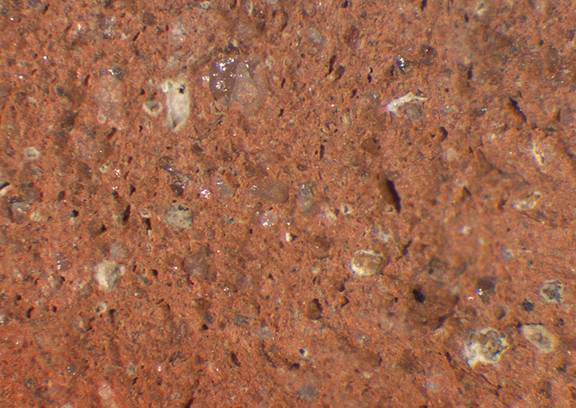

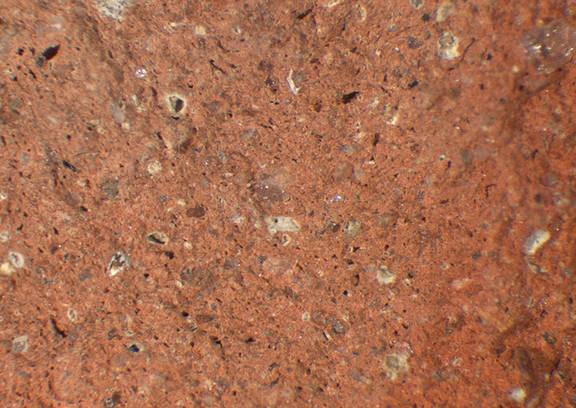

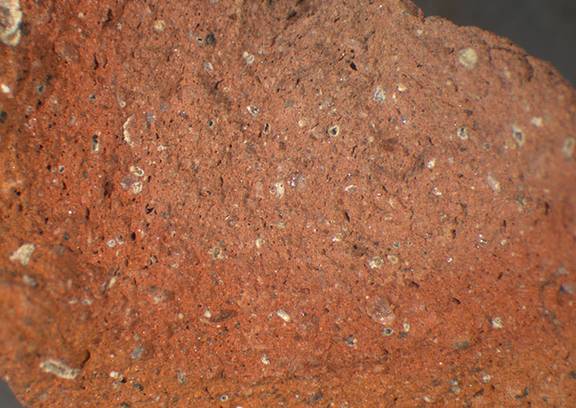


 production
production
 sampling
sampling
